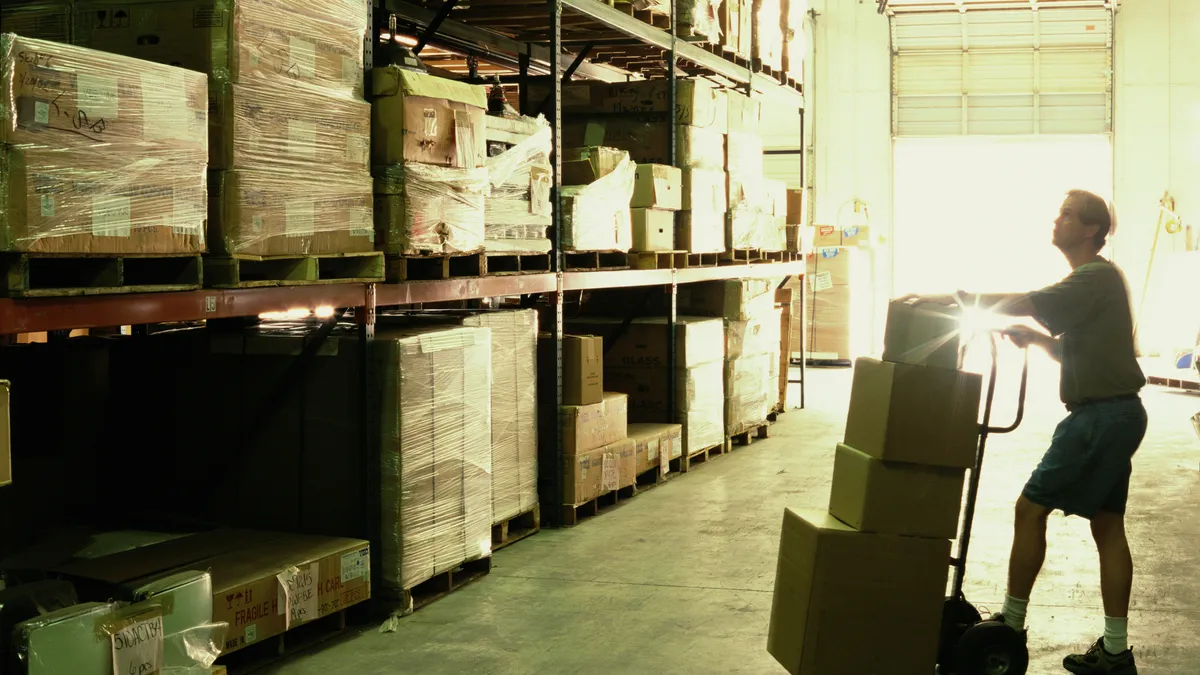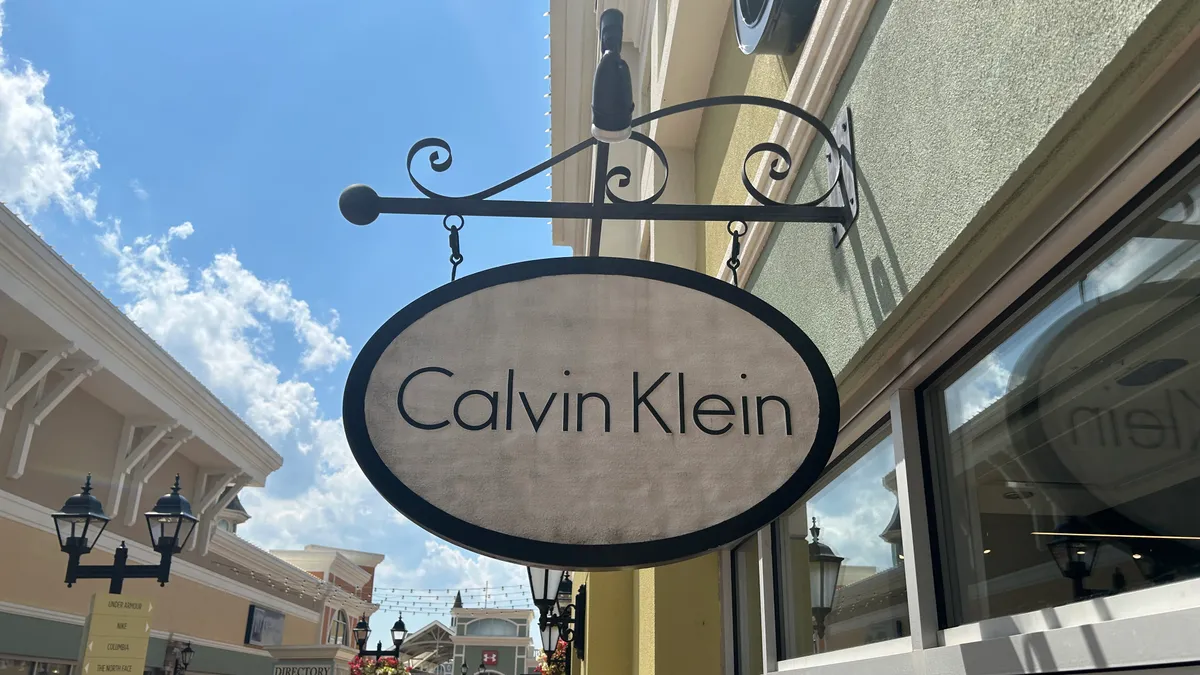While retailers are used to dealing with recessions, natural disasters and declining consumer sentiment, the prospect of a 25% tariff on $200 billion worth of goods from China is a relatively new and growing concern.
Some retailers have been frontloading inventories ahead of tariffs, and experts say it’s driving the need for warehouse space and changing how some think about their supply chains.
"It’s a new reality they have to deal with. And so, we need to change the way our supply chain is working in order to mitigate risk we hadn’t had to deal with for a long time," Lane Burkitt, Managing Director for Global Operations at the Institute for Supply Management, told Supply Chain Dive.
Retailers 'pull levers' to get ahead of higher costs
With the March 1 deadline approaching, uncertainty remains about what tariffs may lie in the future.
Retailers are generally quiet on their supply chain strategies, but Walmart spokesperson Marilee McInnis told Reuters in an emailed statement in December 2018 that it had been "tactical and pulled some orders forward." Target CEO Brian Conrell told analysts on a Nov. 20 earnings call the company was "looking at what levers we can pull to make sure we minimize the impact."
Data from National Retail Federation (NRF) and Hackett Associates showed imports at major U.S. retail ports grew by more than 13% to a record 2 million containers in October 2018.
"There’s a lot of money on the table. So the way they’re looking at it is they’d rather have a price [of products] now than guess whether it’s going to get better or worse," Burkitt said.
The pressure is on — to keep inventory low
The biggest concerns are for manufacturers or retailers that import materials or products from China. A nearly 200-page document published by the Office of the United States Trade Representative identified the items targeted in the round of tariffs on $200 billion worth of imports. They included everything from electronics, metal products and textiles to auto parts, food products and beauty goods.
Pre-buying inventories in the middle of 2018 had already partly put pressure on warehouse space, Burkitt said. "I see temporary warehouse space. I see using third parties to hold, in order to keep as little inventory on their books as possible. Getting their suppliers to hold the inventory at a location that’s closer to their facility, in order to keep lead times down," Burkitt said.
"They’d rather have a price [of products] now than guess whether it’s going to get better or worse."

Lane Burkitt
Managing Director for Global Operations, Institute for Supply Management
Many retailers and distributors are already seeking more flexible warehouse space options, including "pop-up" distribution centers and even acquiring temporary space through short-term leases and in non-traditional spaces.
While this used to be a strategy used for holiday inventory, fear of tariffs has driven some to move more. Frontloading so much inventory can also present its own problems, both upstream and downstream. Retailers must bear the extra costs in advance, and suppliers may struggle to meet deadlines for excess orders. Several ports have already reported congestion as importers move to meet the March 1 deadline.
"There are all kinds of trickle-down effects, even impacting the ports and the availability of equipment," Jonathan Gold, Vice President of Supply Chain and Customs Policy at National Retail Federation, told Supply Chain Dive. "It all becomes more complex, and things get tied up because of it."
Looking to March 1 for certainty
Retailers now have their eyes on March 1, after which tariffs could rise from 10% to 25%. "The negotiations are still ongoing and there are mixed signals about what is going to happen then," Gold said.
Brett Rose, CEO and President of the United National Consumer Suppliers, told Supply Chain Dive that retailers had been scrambling in the latter part of 2018 to ensure they could still remain competitive in the wake of higher costs. While most have blown through that excess inventory due to a strong holiday season, retailers could frontload more if they think tariffs will rise after March 1.
Retailers are responding carefully, because any tariffs with China may only be a temporary part of a negotiation. Citi said in a note on Jan. 22 it’s "plausible" the U.S. and China could drop tariffs altogether as both sides face increasing pressure.
Experts note there are other factors impacting inventories in addition to tariffs. The strong global economy in the middle and end of last year tended to drive up orders and backlogs. Burkitt expects inventories to decline in 2019 as retailers adjust and everything "starts flowing smoothly again."
The global economy is also showing signs of cooling in 2019, at which point inventories will get worked through and the supply chain will find its equilibrium. "There is a lot going on in the world now, and I suspect retail numbers could be down in the early part of 2019," Rose said.
This story was first published in our weekly newsletter, Supply Chain Dive: Operations. Sign up here.
Correction: A previous version of this article misidentified United National Consumer Suppliers.





















